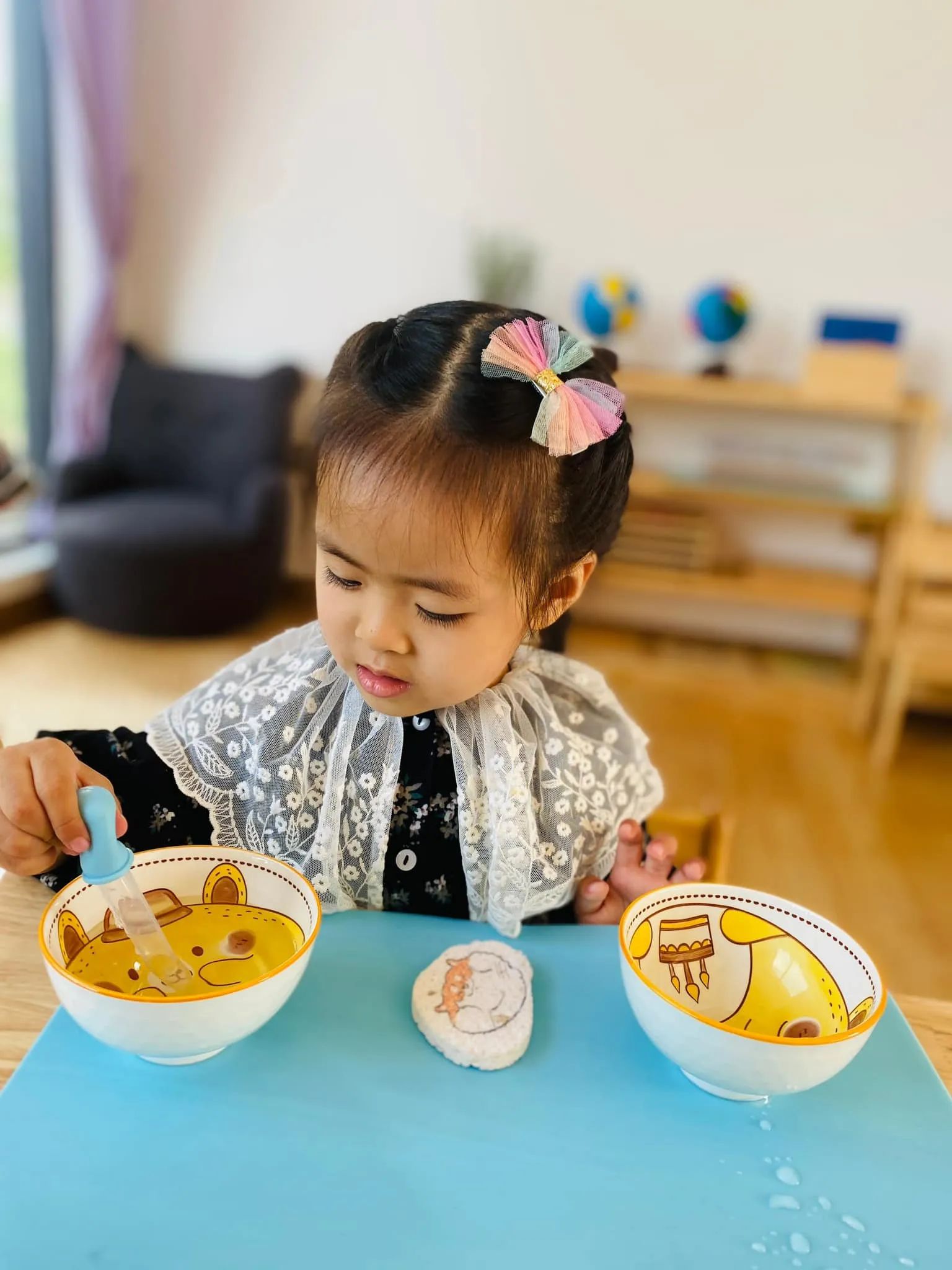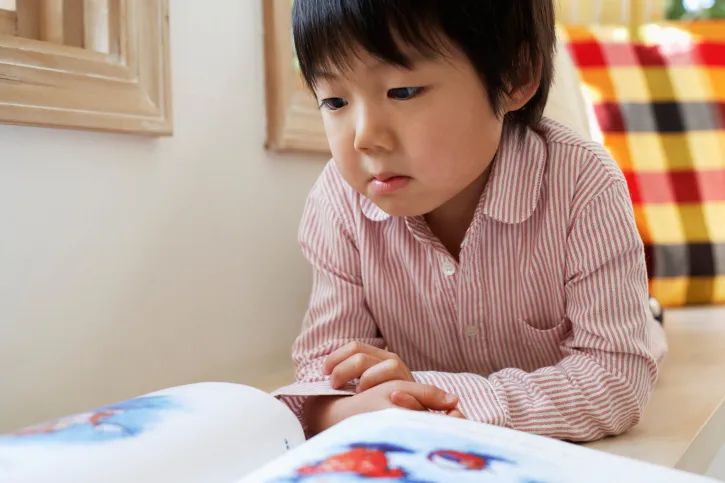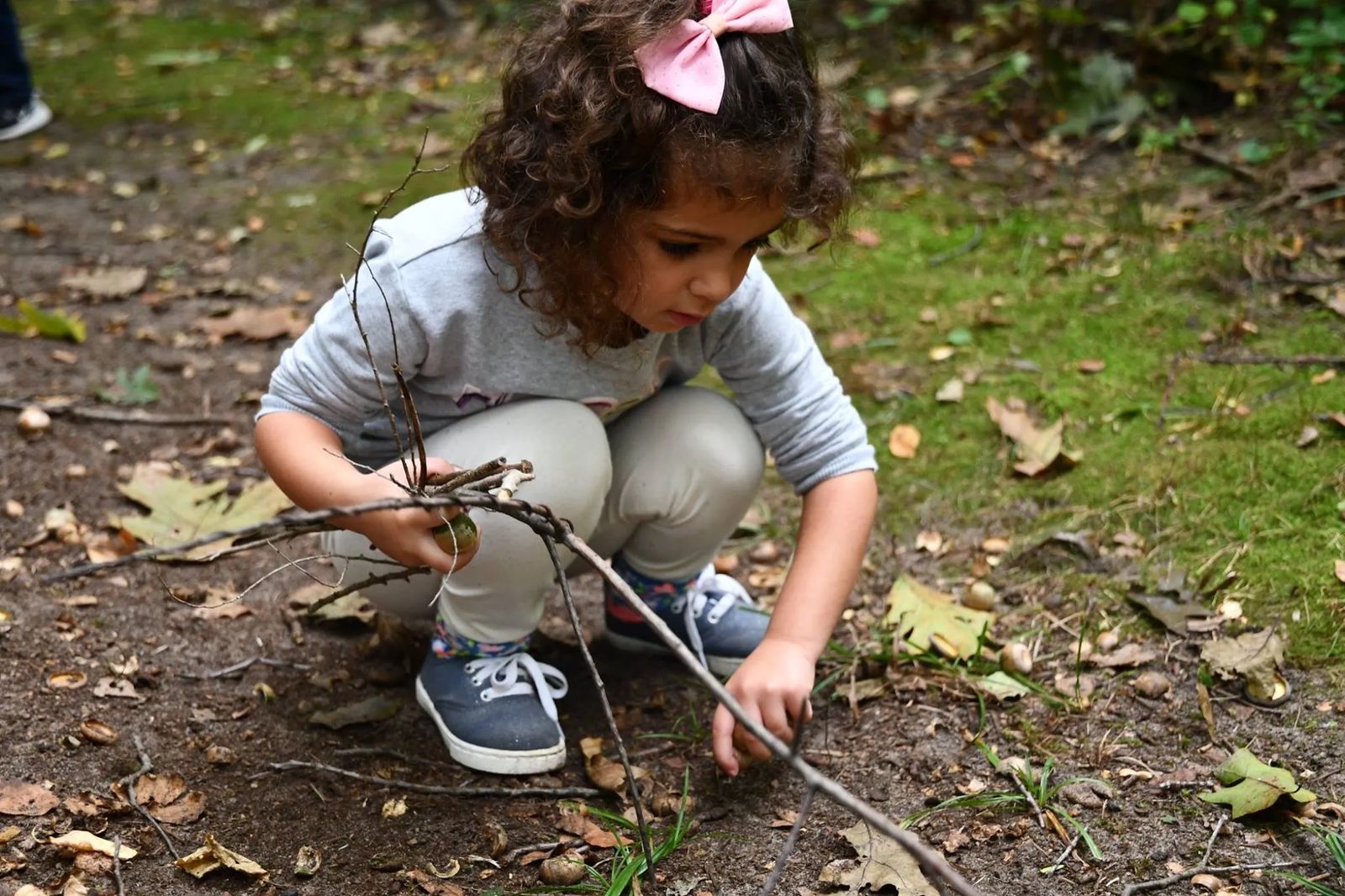5 Helpful Back to School Tips: Montessori Style
Is it that time already? Yes, the beginning of a new school year is here and you'd like to help your child with this upcoming transition.
Here are five back to school tips borrowed directly from the Montessori Method which will help your children feel more confident and prepared when returning to school this fall.
1.) Build Confidence by Helping Children Help Themselves.

No one could sum it up better than Maria Montessori herself:
“…beyond a certain point every help given to a child is an obstacle to its development.”
Encourage independence in your children by allowing them to do for themselves. Look for learning opportunities in everyday tasks: children are far more capable than we realize at times. Yes, this requires some patience on our part, but teaching children how to accomplish a task, rather than just hurrying through it (something I am often guilty of myself) will pay off in a number of different ways.
Most importantly, children gain a sense of empowerment in knowing what they can achieve themselves; and self confidence leads to a happier, more independent young person. The best opportunities are those which your child shows interest in. The next time your child asks “can I try?", jump at this timely chance to foster his/her self development. My children love to help in the kitchen. Reading instructions or measuring/ mixing ingredients are some of their favorites!
2.) Allow Children the Freedom to Make Mistakes
Do you remember the last time you were being shown something new? Did your instructor hover over your shoulder offering a continual stream of instruction? Were you allowed the time to come to your own conclusions, or were you rushed through the process? If you are anything like me, you may have had to review later, at you own pace, before you could really absorb the new information.
Likewise, children must be allowed uninterrupted time to experiment, make mistakes, and repeat tasks to thoroughly learn the “lesson.” Of course, it is important to keep kids safe during this process, but do so from a little distance. Give the child a chance to grow, out from under a shadow.
3.) Allow Time for Concentration and Cut-out Distractions
Part of giving children the time to absorb information involves turning off
the TV and other distractions. Flashy programs with exciting music and visuals will usually win the contest for your child’s attention.

Additionally, it is important to minimize the number of times we adults interrupt our children. Allowing time to focus helps to develop a longer attention span and teaches courtesy and respect. When you must stop a child mid-activity, leave the project out and untouched; then allow the child to return to it at the next possible occasion.
4.) Provide a Sense of Order
Children actually thrive in an orderly environment (…yes, really!) Starting
from a very young age, let children know that everything has its place, and encourage them to return things properly before moving on to another activity. This will require that shelves and drawers be accessible and sized appropriately for little people.

Schedules can also be orderly. Children are more comfortable when they know what to expect. Obviously, life does not always fit neatly into an agenda, but having some daily routines can give children a sense harmony. For starters, try establishing consistent morning, evening and/or mealtime customs.
5.) Learn from Nature

This goes for you and your children. Slow down a bit, even if it is for only a half-hour a day. Go outside with your children. Take walks, go to the park, sit and watch birds, or draw pictures. Let your child take photos or collect leaves and flowers, or whatever might strike their fancy. Talk to them about what they find and research the names of plants or animals you have seen together. Perhaps your little ones will want to share some of their summer discoveries in the classroom this fall!






















